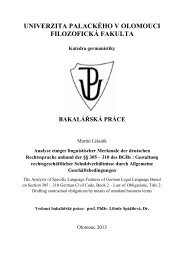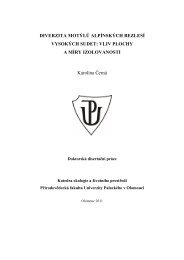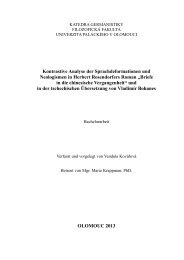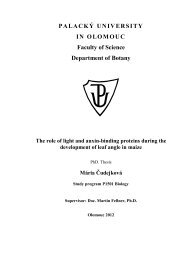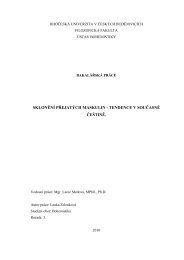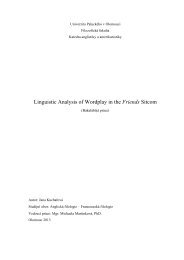You also want an ePaper? Increase the reach of your titles
YUMPU automatically turns print PDFs into web optimized ePapers that Google loves.
le pecore (Gv 10,14) va oltre i paralleli dell’AT; ma non potrebbe questo tema<br />
essere attinto a un comune concetto neotestamentario di intimità (Mt 11,27; Lc<br />
10,22; Gal 4,9) invece che a lontane tradizioni gnostiche?<br />
Schnackenburg evidenzia inoltre la diversa impostazione della figura del<br />
pastore in Gv e nello gnosticismo: 268<br />
La funzione salvifica del Rivelatore-Pastore gnostico si differenzia<br />
notevolmente dal Gesù Buon Pastore: non si parla in nessun luogo dell’offerta<br />
della vita. Questo vale anche per l’«Uomo-pastore» (Poimandres) della gnosi<br />
ermetica, il quale come dio-protettore degli uomini porta la rivelazione e la<br />
conoscenza salvifica. L’offerta della vita di Gesù però non è un tratto aggiunto<br />
ulteriormente, bensì una caratteristica a priori del «Buon Pastore».<br />
Ciò che è il tratto distintivo del Buon Pastore giovanneo – ed è dunque<br />
l’elemento originale di Giovanni – è proprio la sua disposizione a dare la<br />
vita per le pecore. Questa non si trova nella letteratura gnostica, ma neanche<br />
nell’AT, come osserva Dodd: 269<br />
È Cristo che compie quanto invece è da Ezechiele assegnato a Jahvé: giudicare<br />
le pecore, condurle al pascolo, riunirle quando sono disperse, difenderle dai lupi<br />
e portarle a salvezza. Ma in Giovanni la figura del Buon Pastore è arricchita di<br />
alcuni tratti che Ezechiele non era arrivato ancora a cogliere. In particolare, il<br />
pastore dà la vita per le sue pecore.<br />
2) il mercenario: Se identifichiamo il Buon Pastore con Gesù, possiamo<br />
allo stesso modo identificare il mercenario? Chi è? Secondo alcuni si tratta<br />
di un mero simbolo e non si può identificare con un personaggio concreto 270 .<br />
268 R. SCHNACKENBURG, Das Johannesevangelium, II, 372: «Die rettende Funktion<br />
des gnostischen Offenbarer-Hirten unterscheidet sich charakteristisch von Jesus, dem<br />
guten Hirten; von einer Lebenshingabe ist niergends die Rede. Das gilt auch für den<br />
„Hirtenmann“ (Poimandres) der hermetischen Gnosis, der als Schutzgott des Menschen<br />
Offenbarung und rettende Erkenntnis bringt (…). Die Lebenshingabe Jesu aber ist nicht<br />
ein nachträglich hinzugefügter Zug, sondern von vornherein Kennzeichen des „guten<br />
Hirten“».<br />
269 C.H. DODD, The interpretation of the Fourth Gospel, 360: «In John it is Christ, as<br />
in Ezekiel it is Jehovah, who leads the sheep, provides them with pasture, brings them<br />
back when they were scattered, rescues them from the wolf, and effects their salvation.<br />
But in John the picture of the good shepherd is enriched with traits which go beyond<br />
Ezekiel’s circle of ideas. In particular, the shepherd brings the sheep life, or as 10,28 has<br />
it (where the theme is resumed), zwh. aivw,nioj» (trad. it. L’Interpretazione del Quarto<br />
Vangelo, 441).<br />
270 A. WIKENHAUSER, Das Evangelium nach Johannes, 197: «Die Gestalt des<br />
Mietlings hat nur die Aufgabe, den heroischen Lebenseinsatz des Hirten für seine Schafe<br />
143



